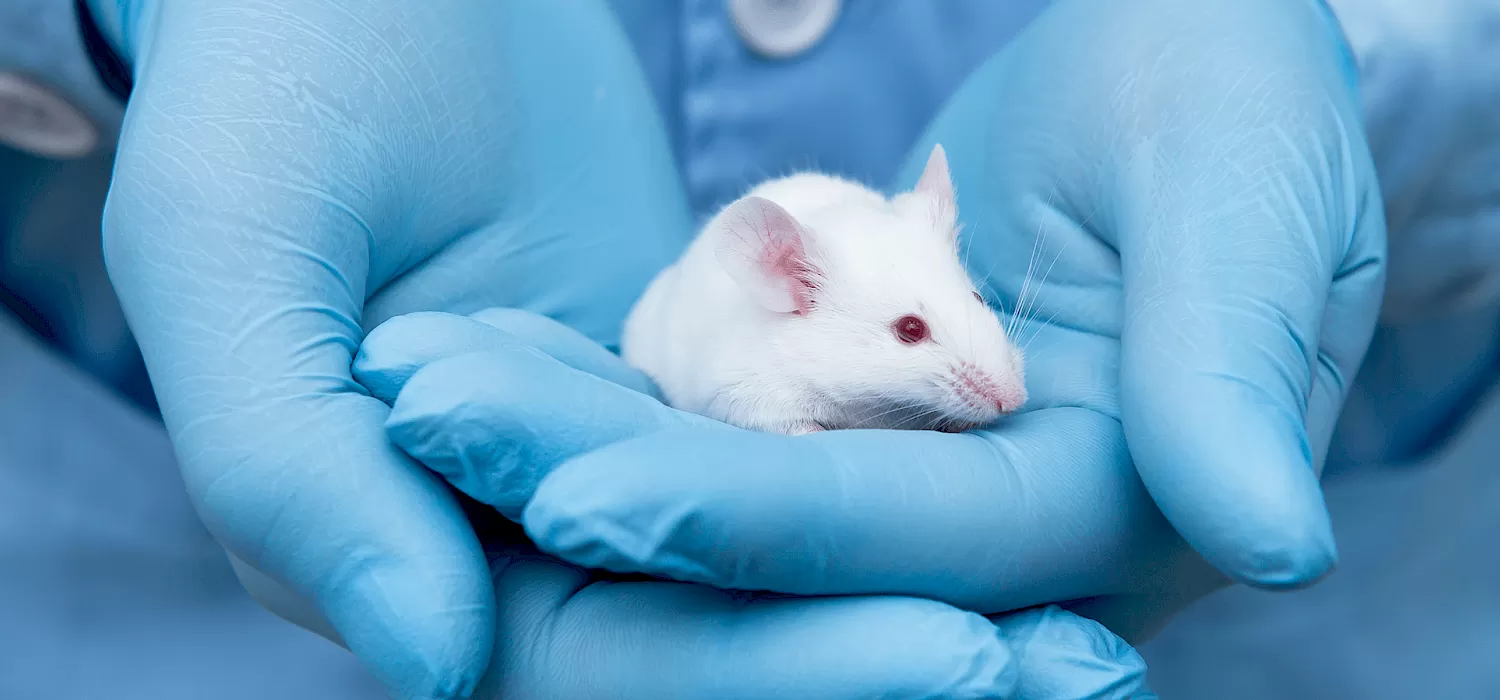The Launch of a New Partnership

I have had the privilege of working with the Rett Syndrome Research Trust (RSRT) for the past six years as a senior researcher in the lab of Dr. Gail Mandel. My focus over that time has been to test strategies to determine if we can repair the mutations that cause Rett Syndrome by editing MECP2 RNA. In working on this project, RSRT has enabled me to meet and collaborate with scientists from other labs, all of whom share the common goals of understanding MECP2 function and applying this knowledge to design therapies and potential cures for Rett Syndrome. I believe that is one of the main strengths of RSRT, bringing resources together and encouraging new groups to work on Rett Syndrome.
As part of this effort, RSRT is excited to launch a new partnership with Jackson Laboratories, a world leader in mouse genetics and pre-clinical research. This on-going collaboration will involve the creation of mouse lines containing patient mutations and importantly, the establishment of a therapeutics testing facility at Jackson labs specifically for Rett Syndrome. Importantly, once established, all of these resources will be available to both academic laboratories and companies to test potential therapies.
To date the mouse models of Rett Syndrome have taught us a great deal about the disorder and have been extremely valuable in demonstrating the reversibility of Rett. They have also been the proving ground for a variety of therapeutic approaches including gene therapy. It’s so important to take as many shots on goal as we can to determine which approach has maximum impact. That’s why as part of the Roadmap to a Cure initiative, RSRT is funding multiple labs to determine if instead of adding a healthy copy of the MECP2 gene as in gene therapy, we can edit MECP2 at the RNA or DNA level. Both RNA and DNA editing require specific guides to target individual mutations and so mouse models of the relevant mutations need to be created. As someone working on RNA editing, I can say that having Jackson Labs create and characterize these mutations will speed up my research and enable me to test if our approach can be applied to a wider number of patients.
In addition to creating new mouse models, RSRT is also establishing a testing facility for Rett Syndrome within Jackson Labs. Currently most therapeutic strategies, be they small molecule drugs or one and done approaches such as gene therapy are tested in academic facilities. Pharmaceutical companies entering the Rett field either conduct the mouse testing in house, farm it out to contract research organizations or partner with an academic collaborator. In each of these cases however scientists must import the mouse models, build a mouse colony, go through a learning curve as they become familiar with husbandry best practices for the colony, conduct the therapeutic testing and then assay for symptoms. All this takes time, talent and money.
The testing facility will give academic and industry scientists quick access to the appropriate mouse models and importantly the ability to rigorously test therapies of interest in a standardized environment. Groups will be able to specify which mouse models they want to test, the route of administration of their particular therapeutic and the specific symptoms they wish to analyze. The testing facility can also be a “go to” place for independent confirmation for therapeutics of interest.
Jackson Labs is working closely with a group of RSRT funded scientists who have years of experience working with Rett Syndrome models, to establish the relevant protocols and assays that will be made available to the larger community and getting feedback from scientists in the biotechnology field to ensure this system will meet their needs. I am proud to act as the program manager of this initiative and although this partnership has just begun, this project has already inspired several groups, both academic and from industry to contact RSRT about utilizing this new resource.
We envision the testing facility will save time and money and importantly will open the door for more groups to work on Rett Syndrome.


